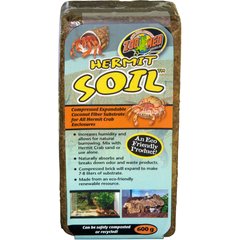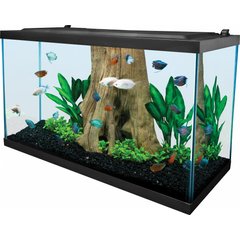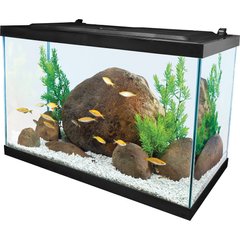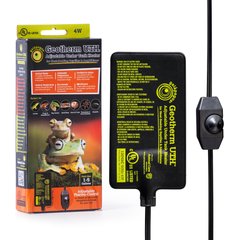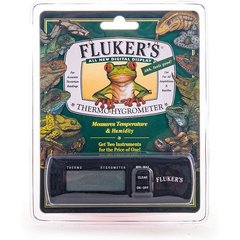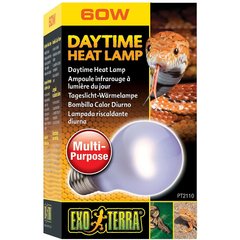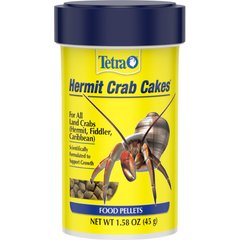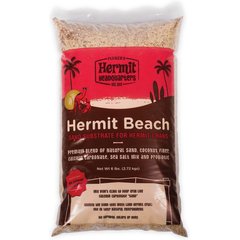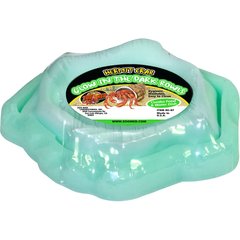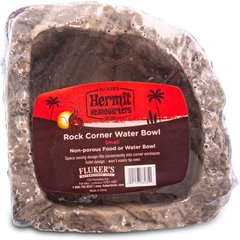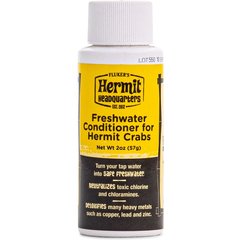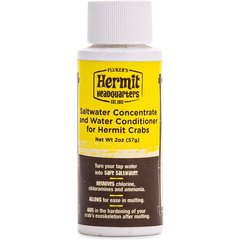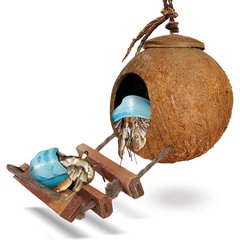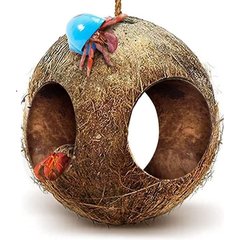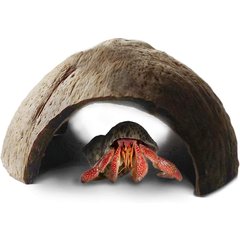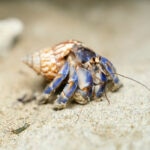How Long Do Hermit Crabs Live? Everything You Need to Know About Hermit Crab Life Expectancy
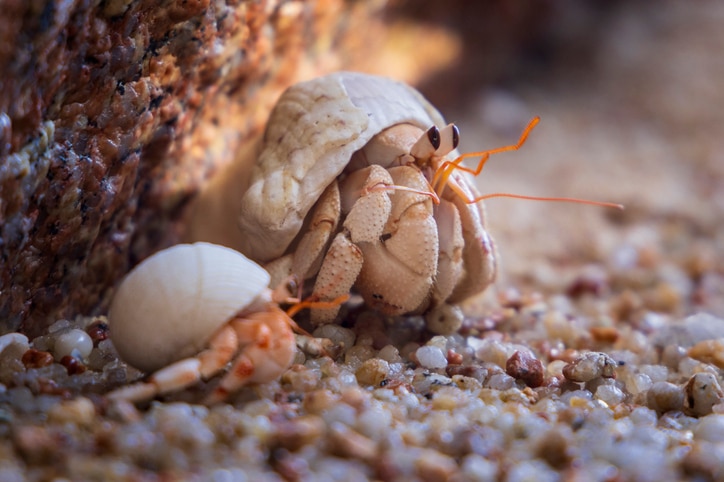
Photo by DieterMeyrl/E+
When you first bring home a tiny hermit crab, it’s hard to imagine just how long these little crawlers can stick around.
In the wild, hermit crab life expectancy can stretch for decades, but most crabs kept as pets have shorter lifespans.
The good news? With the right setup and care, you can give your crab a much better chance at living a long, healthy life in captivity.
Key Takeaways
- Wild hermit crabs can live up to 50 years, but with proper care, pet crabs can reach 10 to 20 years.
- Most pet hermit crabs live less than one year because they don’t have the proper care.
- These small crustaceans need a specific temperature, two types of water, special lighting, and the right bedding to thrive.
- They require a varied diet and should never be given untreated tap water, which can be toxic to them.
How Long Do Hermit Crabs Live?
When it comes to how long hermit crabs live, a hermit crab’s life expectancy largely depends on their resources and how well they’re cared for.
Wild hermit crabs can live for 50 years if conditions are good and resources are available, says Stacy Griffith, president of the Land Hermit Crab Owners Society and author of The Complete Guide to Land Hermit Crabs and Their Care.
However, most hermit crabs kept as pets live less than a year because they don’t have the right setup. But if a pet parent knows how to properly care for a hermit crab, life expectancy goes way up; 10 or 20 years isn’t out of the question.
Hermit Crab Molting
One of the biggest factors in that care is making sure your crab can molt safely. Molting is one of the most important—and vulnerable—parts of a hermit crab’s life.
During this process, they shed their old exoskeleton and grow a new one, which allows them to get bigger and stay healthy. But this takes a huge amount of energy and puts stress on the crab.
To molt safely, hermit crabs bury themselves under the substrate (the material used to line the bottom of their enclosure), where they can rest and rebuild without disturbance.
Recommended Products
If their habitat isn’t set up correctly, a hermit crab may not survive the molting process. But with proper care, safe substrate depth, and good nutrition, successful molts can happen regularly.
How To Give Your Hermit Crab a Long Life
So, how do you give your hermit crab the best chance at a long life? Here’s what experts recommend:
Habitat
Hermit crabs need a very temperature-controlled environment, so a glass aquarium tank enclosure, like the Tetra Glass Aquarium, is recommended instead of open-air or wire cages, says Mary Akers, the founder and director of Hermit House, which works to end the wild hermit crab pet trade.
Recommended Products
At minimum, the tank should be 20 gallons, but you should get the largest one you can reasonably fit in your home, according to Griffith.
Temperature
Hermit crabs require a warm, humid environment. The tank should be kept at 75–85 F with a relative humidity of 70–90%, says Griffith
Ideally, this is done with an under-tank heater, like the Galapagos Geotherm. During colder months, you might need to provide more insulation.
Recommended Product
You should always monitor temperature, ideally with a thermal hydrometer, which measures both temperature and humidity levels.
Recommended Product
Lighting
In the wild, hermit crabs rely on natural day-and-night cycles to regulate their behavior, metabolism, and molting patterns. Without a consistent cycle of light and dark, their internal clocks can get thrown off, which may stress them out and shorten their lifespan.
To mimic their natural environment, aim for a 12-hour light/12-hour dark cycle. Use a low-wattage daylight bulb, like the Exo Terra Daytime Heat Lamp, or a full-spectrum LED designed for reptiles or small animals during the day. At night, switch the light off.
Recommended Product
Diet
Hermit crabs are natural scavengers, which means they thrive on a varied diet. In the wild, they eat just about anything they come across—meats, fruits, grains, vegetables, and plant matter like flowers, leaves, and wood.
For a proper hermit crab diet, they need plenty of calcium, chitin, and healthy fats in their diet to maintain and rebuild during molts, according to Akers.
Since hermit crabs love variety, it’s best to give them a buffet-style mix and let them choose what they need. Remove uneaten fresh food daily to prevent mold and bacteria, but always keep a mix of dry foods available so they can snack throughout the day.
Recommended Products
Special Sand
They also need the right kind and amount of substrate in their tank to safely molt. The substrate should be five parts play sand to one part shredded coconut husks (or cocofiber), says Griffith. The Fluker’s Hermit Beach Sand Substrate is a good option if you don’t want to mix your own.
Recommended Product
The sand also needs to be deep enough for your crab to bury themselves. It should either be 6 inches deep or three times as deep as the height of the largest hermit crab in the tank—whichever is greater.
Water
Because hermit crabs come from the ocean, they need water—and two separate dishes is ideal. One should be ocean/marine saltwater, and the other should be fresh water.
Both bowls should be deep enough for your crab to wade up to their eyes, but not so deep that they could drown.
Recommended Products
The fresh water should be distilled or bottled. Do not use tap water, which usually contains chlorine, which is toxic to hermit crabs.
If you must use tap water, you can treat it first with a water conditioner that removes chlorine and chloramines.
Recommended Products
Enrichment
Habitat enrichment is also important. Hermit crabs love to climb, but they need to feel safe from predators too.
Recommended Products
Social Interaction
Hermit crabs are colony creatures, which means they do better when they have friends, Akers says. Ideally, you’ll have two or more crabs for companionship.
How To Handle Your Hermit Crab
Hermit crabs are fragile creatures, and ideally, they should be a “hands-off pet,” according to Griffith. In the wild, they’re prey animals, and a human hand swooping in to pick them up feels exactly like a bird hunting them, she notes.
It’s helpful to think of them like fish in a tank, adds Akers: They’re fun to observe but shouldn’t be handled unless absolutely necessary. If you do have to move them, lift them with a piece of bark underneath so that they feel secure.
Keep these things in mind, and you’ll help your hermit crab live their best—and longest—life.
FAQs About Hermit Crab Lifespan
Should I buy a hermit crab?
No, it’s better to rescue a hermit crab. Hermit crabs sold in pet stores are stolen from the ocean, where they live 50 years. Instead of supporting this trade, adopt an unwanted hermit crab.
What’s a hermit crab average lifespan?
A hermit crab’s lifespan depends on whether they’re wild or in captivity. Wild hermit crabs can live for decades, while pet hermit crabs have a shorter lifespan. If they’re lucky, it might be a decade or more. However, most pet hermit crabs live a year or less due to improper care.
Are hermit crabs easy to care for?
Hermit crabs are relatively easy to care for, but you have to make sure you’re giving them everything they need to thrive. This means controlling their tank temperature, giving them a varied diet, and making sure they have enough substrate to safely molt.
How do I know if my hermit crab is happy?
You can tell your hermit crab is happy if they’re active and exploring their tank, climbing, and foraging for food. Moving into new shells comfortably is also a good sign. This activity and enrichment can contribute to a longer life.

